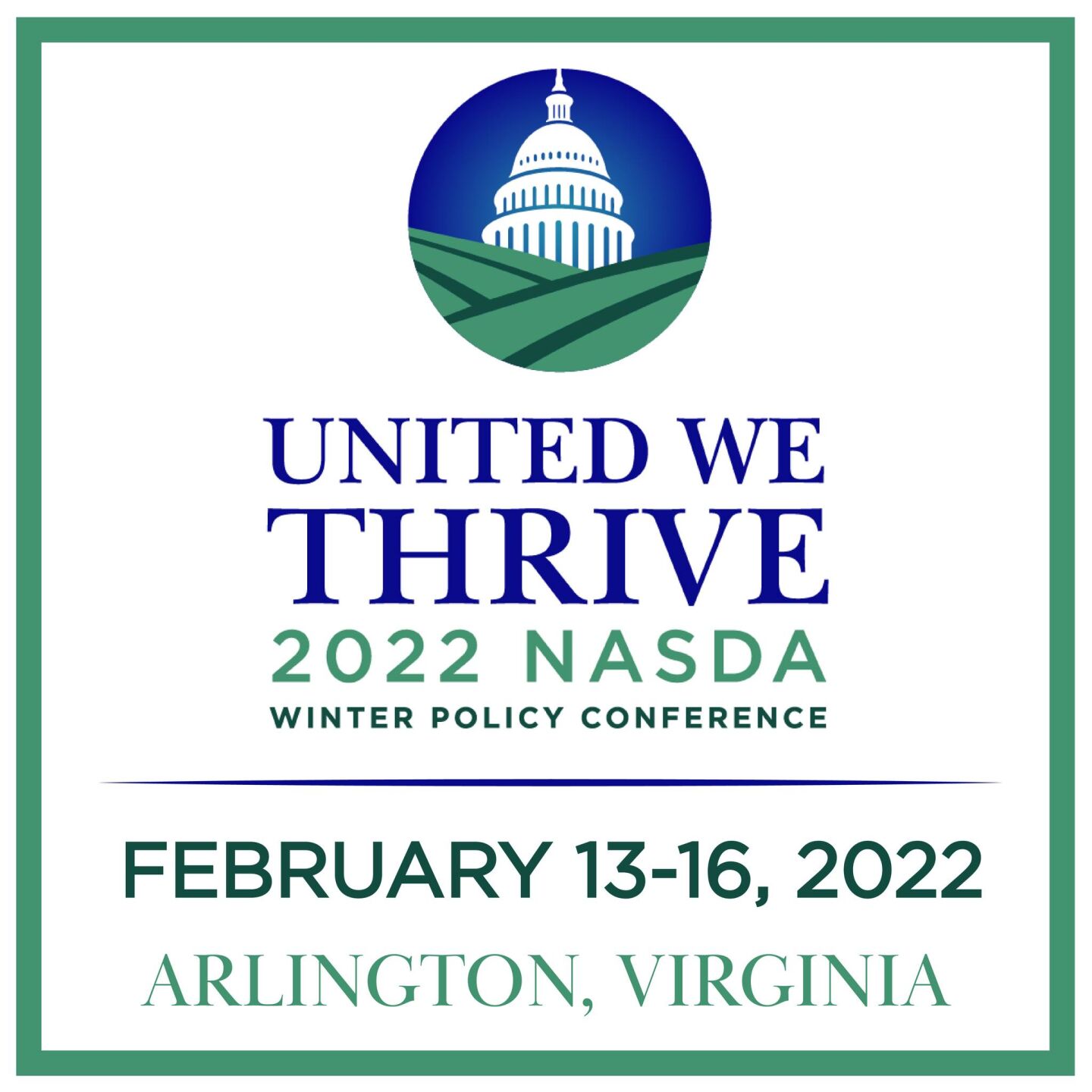U.S. Secretary of Agriculture Tom Vilsack spoke Feb. 16 at the hybrid 2022 National Association of State Departments of Agriculture Winter Policy Conference, held in Arlington, Virginia. Vilsack discussed a number of issues, but despite all the troubles facing agriculture he remains positive.
“I’m really optimistic and I appreciate that there are probably a lot of challenges out there,” he said.
His concerns include supply chain, avian influenza and African swine fever. Rising input costs are also a reason for concern, he believes.
“But I am confident in the resiliency and capacity of American agriculture to meet these challenges,” he said. “And I think there are enormous and amazing opportunities before us that will impact positively the bottom line for farmers, ranchers and producers, and I think also will revitalize the rural economy.”
Vilsack believes agriculture will transition from an extraction economy into an economy that’s much different.
“We’ve been basically creating wealth someplace else, creating opportunities someplace else, creating jobs someplace else,” he said. “Basically (we’ll be) bringing that back, creating a more circular economy.”
The opportunities, wealth, and jobs created will remain right where the natural resources are—in rural communities near farms and ranches.
“I’m excited about the unlimited opportunity of the future,” he said.
Vilsack also sees enormous opportunity in the partnership for climate smart commodities. This could create a new value added proposition for American agriculture, he said.
“And at the same time enable farmers, ranchers and producers to qualify as well for private market participation and ecosystem markets, which can increase bottom lines for the folks we care about,” Vilsack said.
He sees new market opportunities both domestically and internationally for the climate smart commodities since there’s a greater demand and higher value proposition for such items.
“I think American agriculture is going to take a lead on this,” he said. “No other country is going to be as aggressive as we are being in terms of providing support and help on an ongoing basis for partnerships for large scale demonstration and pilot projects, which we think can change the landscape here.”
Creating more new and better markets is also on the priority list.
“The reality is that 89.6% of American farms today do not generate the majority of farm income for the farmers and ranchers who are farming them,” he said. “So we need to do a better job of creating more new and better markets.”
He’s excited about the U.S. Department of Agriculture’s ability to help attract and retain farmers—both new and beginning farmers as well as diverse farmers.
“We think there’s a tremendous opportunity here,” he said “We’re expanding technical assistance so that our programs become more readily available and usable by folks across the board. We’re looking for ways in which we can increase market access to small and midsize producers to participate in federal procurement programs.”
One challenge is generational access to land. Vilsack hopes USDA can figure out creative ways and structures to help assist those looking for land to farm.
“We’ve been challenged to do that under the American Rescue Plan,” he said. “And we’re taking right now a look at where the gaps exist in terms of the capacity to make land available.”
Sign up for HPJ Insights
Our weekly newsletter delivers the latest news straight to your inbox including breaking news, our exclusive columns and much more.
Vilsack wants USDA to take a look at processing and has seen those smaller and mid-size producers joining together and creating a cooperative model that’s been a success in other areas of agriculture and applying it to the local regional food system. He hopes they can take advantage of procurement opportunities as well as owning these processing facilities to not only benefit from production but processing as well.
At USDA, Vilsack hopes to continue to invest in the kind of research that enables important technologies to get to the market and benefit farmers and ranchers.
“In the meantime, we also need to invest in the research in which we look at fertilizer and we say, can it be more efficient on its own as its applied?” he said. “Can we develop fertilizers that are more efficient, that you don’t need quite as much of but does a better job, right?”
But it can’t stop there. Farmers need choices and options. Choices on what they grow and what decisions they can make when it comes to inputs.
“We obviously want them to do that, but at the same time we might want them to have a chance of saying what if I decided to apply nitrogen only once in the growing season instead of twice,” he said. “What’s that going to do to my production? Maybe we could have a risk management tool that says if you do that we’ll help if you actually have a production loss.”
Kylene Scott can be reached at 620-227-1804 or [email protected].


